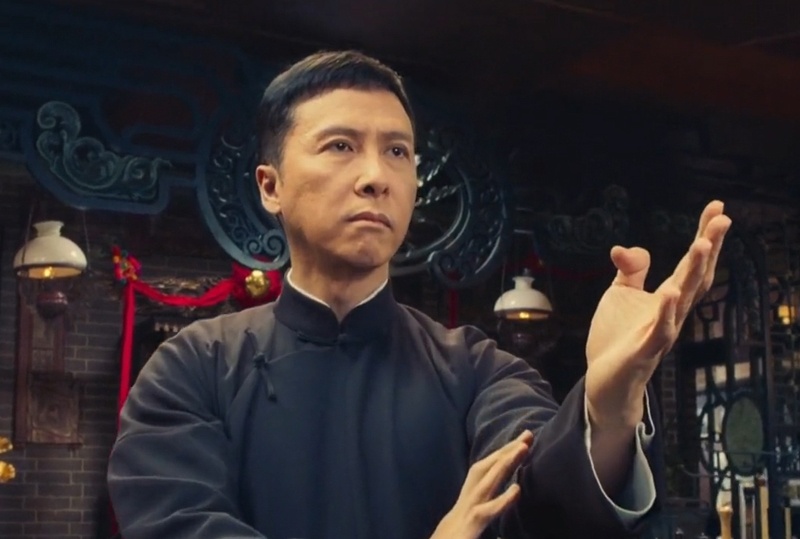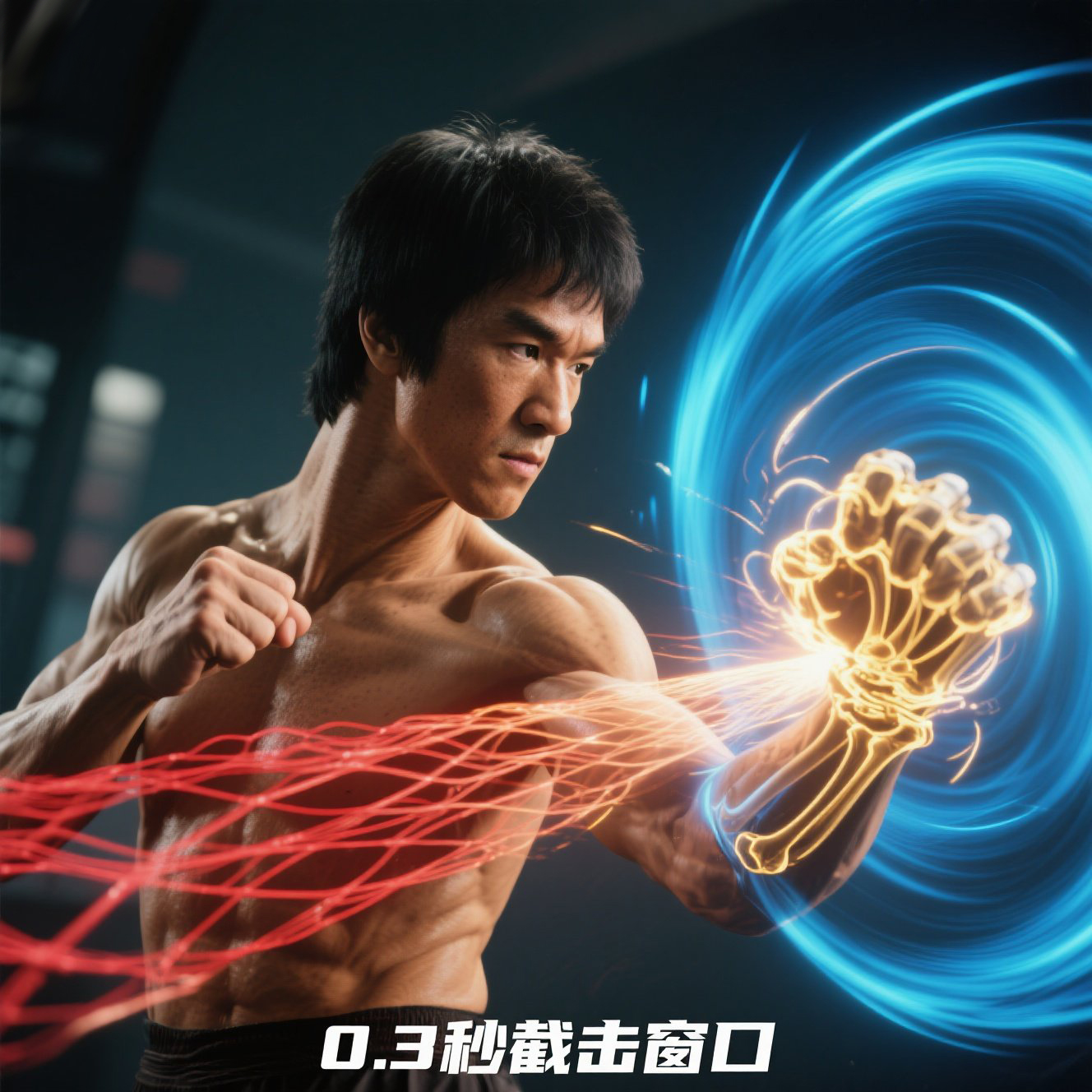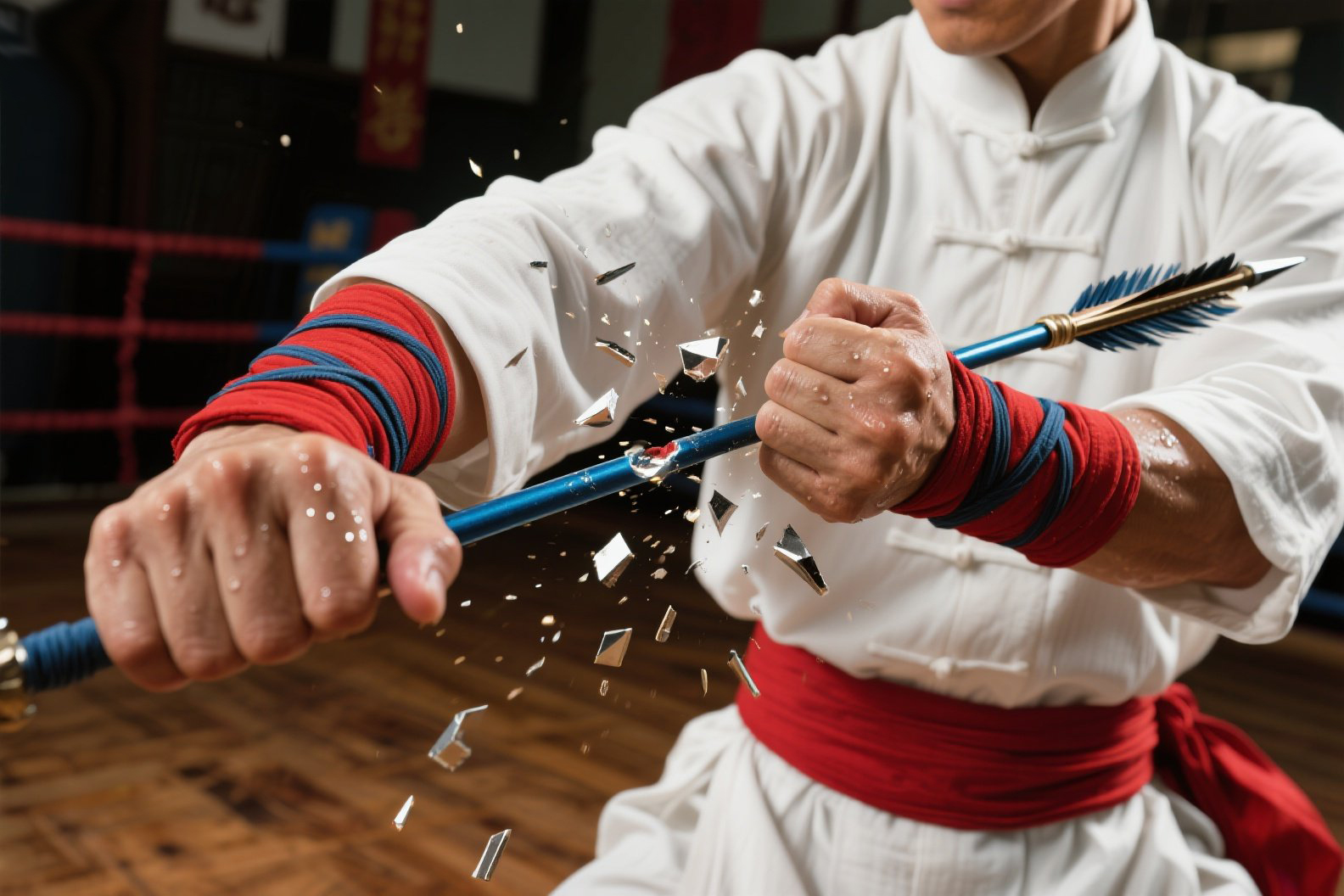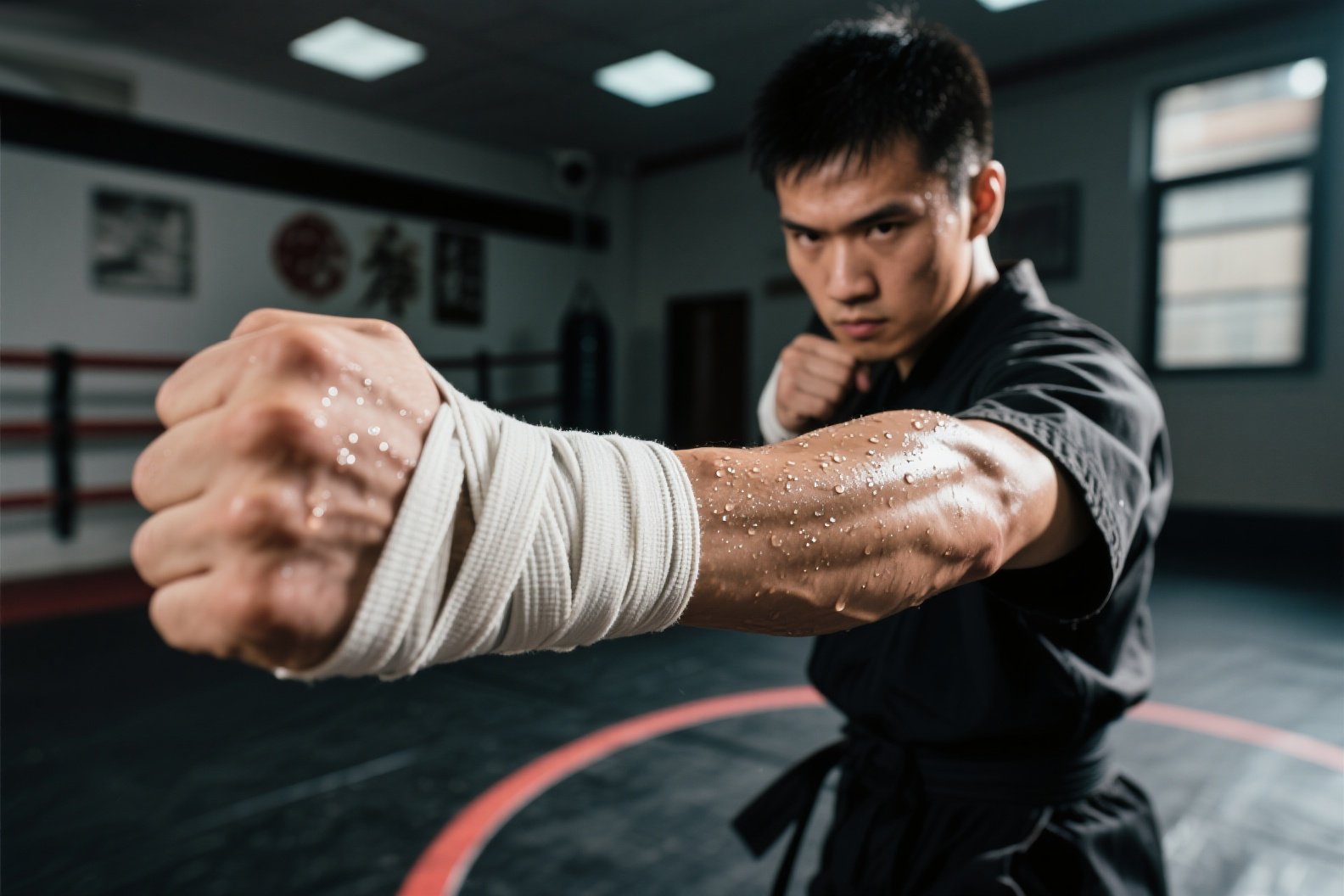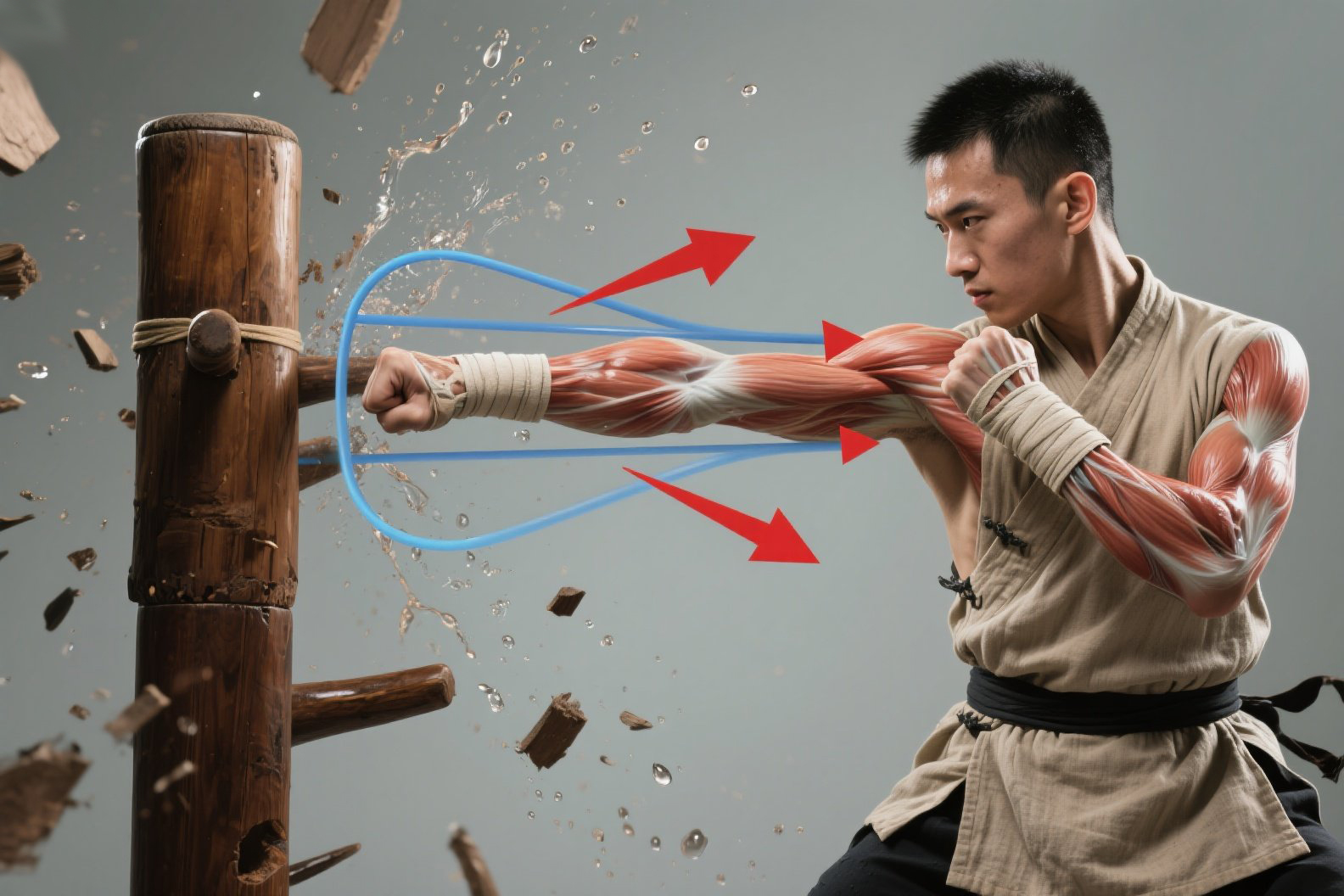Meta Description: Discover the key differences between Bak Mei (White Eyebrow) and Wing Chun Kung Fu – history, techniques, philosophies, and which style suits your combat goals. Ultimate comparison guide.
Introduction: Clash of the Southern Titans
Southern China gave birth to some of the world’s most practical and revered martial arts. Among them, Bak Mei (白眉拳, White Eyebrow) and Wing Chun (詠春) stand out for their brutal efficiency, rich histories, and cultural impact. While both emerged from the turbulent Qing Dynasty era and share Southern Chinese roots, their philosophies, techniques, and training methods diverge dramatically. This in-depth analysis explores what sets these two legendary systems apart and which might align with your martial journey.
Historical Origins: Legends of Rebellion
Bak Mei (White Eyebrow): The "Traitor" Monk?
Legend: Said to originate from one of the Five Elders who survived the destruction of the Shaolin Temple by Qing forces. Bak Mei (literally "White Eyebrows") is portrayed as a formidable monk who later opposed the Shaolin rebels.
Reality: Historical verification is challenging. Bak Mei likely evolved in Guangdong/Fujian, systematized in the 19th/early 20th century. Its techniques reflect a blend of Hakka Kuen and possibly Fujian White Crane influences.
Key Principle: "One Hit, One Kill" – Extreme destructive efficiency.
Wing Chun: The Elegant System of a Woman?
Legend: Created by the Buddhist nun Ng Mui (another Shaolin survivor) and passed to Yim Wing Chun , who used it to defend against a warlord.
Reality: Likely developed within anti-Qing secret societies (like the Red Boat Opera Company) in the Pearl River Delta (Foshan/Guangzhou) during the 19th century. Refined by figures like Leung Jan and later Ip Man .
Key Principle: Simultaneous Attack and Defense – Economy of motion for close-range dominance.
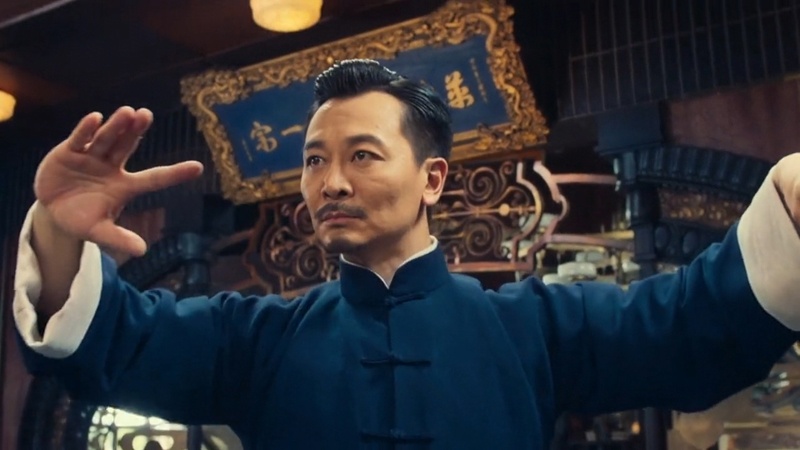
Core Philosophies & Combat Strategies
| Feature | Bak Mei (White Eyebrow) | Wing Chun |
| Philosophy | Utter Destruction: Overwhelm,
penetrate, dismantle. Prioritizes ending the
fight immediately with maximum damage.
Aggressive counter-destruction. | Efficient Neutralization: Control,
disrupt, dominate. Uses structure and
positioning to overcome force with
minimal exertion. Focuses on continuous
disruption until the opponent is neutralized. |
| Range | Mid to Close: Utilizes powerful bridging and
penetration, but can strike from
slightly longer distances. | Extreme Close Range (Chi Sau Range):
Specializes in trapping, sticking hands,
and rapid-fire strikes within arm's length. |
| Power Generation | Explosive Whipping Power (Ging):
Emphasizes full-body coordination
(waist, legs, ground connection) to
generate shocking, penetrating force.
"Soft" transitions lead
to "Hard" impacts. | Short-Range Power (Short Power - Duan Jin):
Generates power from structure (rooting),
relaxation, and precise alignment over minimal
distance (elbow/shoulder power). |
| Defense | Aggressive Defense: Blocks often
double as devastating strikes
(e.g., "Bil Gee" elbow block/strike).
Defense is offense.
Evasion is minimal; prefers shattering attacks. | Simultaneous Defense & Attack (Lin Sil Die Dar):
Parries, traps, and strikes blend into one
fluid motion (e.g., Pak Sau + Punch).
Uses angles and structure to deflect/absorb force. |
| Footwork | Dynamic & Penetrating: Strong stances,
sudden explosive entries
("Dun" stepping),
aggressive angles designed to crush
the opponent's structure. | Efficient & Rooted: Small, precise steps
(Yee Gee Kim Yeung Ma pivot),
maintaining balance and structure while
controlling distance. Trapping limits
opponent's footwork. |
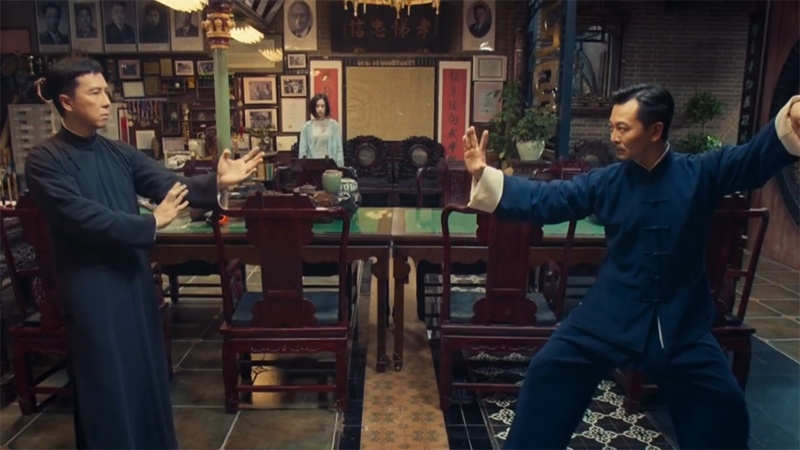
Signature Techniques: A Comparative Look
Bak Mei's Arsenal:
Phoenix-Eye Fist: Concentrated knuckle strike targeting vital points (throat, temples).
Tiger Claw: Ripping, tearing techniques for soft tissue and limbs.
Bil Gee Elbow: Devastating blocking/striking technique shattering limbs.
"Poison Hand" Strikes: Rapid, whip-like palm strikes and finger jabs to nerves/eyes.
Powerful Low Kicks: Targeting knees, shins, thighs to destabilize.
Wing Chun's Toolkit:
Chain Punching (Lin Wan Kuen): Rapid vertical punches from the centerline.
Trapping Hands (Chi Sau/Lop Sau): Controlling, yielding, and redirecting limbs.
Pak Sau / Tan Sau / Bong Sau: Core deflections controlling the centerline.
Low Side Kick / Stomp Kick: Destabilizing kicks to knees/shin from close range.
Wooden Dummy (Muk Yan Jong): Critical tool for refining structure, angles, and technique flow.
Training Methods: Forging Different Weapons
Bak Mei Training:
Iron Body Conditioning: Forearms, shins, knuckles to withstand and deliver impact.
Dynamic Power Drills: Focus on generating explosive whipping power from stances.
Forms (Kuen): Emphasize aggressive footwork, penetrating angles, and powerful single techniques/combinations. Examples: Sup Ying Kuen (Cross Fist), Sap Baat Mor Kiu (18 Demonic Bridges).
Sparring: Tends toward higher intensity, testing power application and resilience.
Wing Chun Training:
Sticky Hands (Chi Sau): The cornerstone. Develops sensitivity, reflex, timing, trapping, and flow at close range.
Forms (Siu Nim Tao, Chum Kiu, Biu Jee): Build structure, power generation, movement, coordination, and emergency techniques progressively.
Wooden Dummy (Muk Yan Jong): Develops precision, power, footwork, and application against a "resisting" opponent.
Partner Drills (Lap Sau, Poon Sau): Structured practice of techniques and responses.
Effectiveness for Self-Defense & Combat
Bak Mei: Exceptional for overwhelming aggression . Its focus on devastating power and vital point targeting makes it brutally effective
